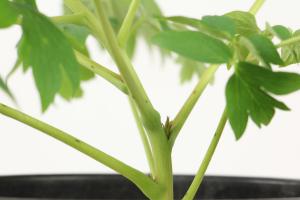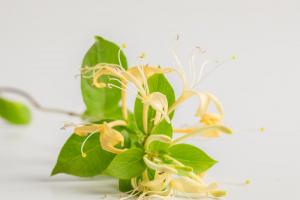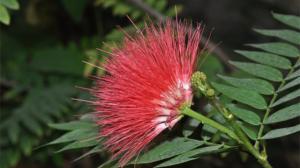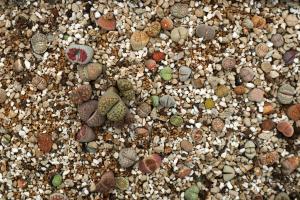How to Plant Tea Tree in Sri Lanka
Sri Lanka is known for its tea industry, producing some of the best tea in the world. To maintain the quality and quantity of tea production, it is important to understand how to plant tea trees in Sri Lanka. Here are the steps you need to follow:
1. Choose the Right Site
The first step is to choose the right site for planting tea trees. Tea trees grow best in cool and humid climates with well-drained soil. The ideal temperature for tea trees is between 20-30°C. In Sri Lanka, the central highlands and the southern coastal region are ideal for tea planting.
2. Prepare the Soil
Before planting tea trees, it is important to prepare the soil properly. Start by clearing the site of any weeds or other vegetation. Then, dig the soil to a depth of one meter and remove any rocks or debris. Add organic matter to the soil, such as compost or manure, to improve soil fertility.
3. Nurture Seedlings
Tea trees can be propagated either by seed or cuttings. If you choose to grow from seed, it is important to first germinate the seeds in a nursery. The seedlings should be kept in a shaded area with good drainage. Water the seedlings regularly, but do not over-water as this can cause root rot. Once the seedlings have reached a height of about 30cm, they can be transplanted to the field.
4. Plant Tea Trees
When planting tea trees, make sure to plant them at a distance of about 1m apart. Dig a hole that is about 30cm wide and deep. Place the seedlings in the hole and cover them with soil. Tamp down the soil around the seedlings to remove any air pockets. Water the seedlings immediately after planting to help them settle in.
5. Maintain Plants
To ensure healthy growth and high yields, it is important to maintain the tea plants properly. This includes regular pruning, fertilizing, and pest control. Tea trees need to be pruned regularly to maintain their shape and promote new growth. Fertilizers should be added sparingly, as too much can harm the plants. Pests such as aphids and caterpillars can be controlled by using pesticides or natural remedies such as neem oil.
6. Harvest Tea Leaves
The final step in planting tea trees in Sri Lanka is to harvest the tea leaves. The first harvest can take place about 2-3 years after planting. The leaves are picked by hand and then transported to a factory for processing. The leaves are withered, rolled, and dried to produce the different types of tea.
By following these steps, you can successfully plant tea trees in Sri Lanka and contribute to the country's rich tea industry. With proper maintenance, your tea trees will yield high-quality tea leaves for years to come.

 how many times do yo...
how many times do yo... how many planted tre...
how many planted tre... how many pine trees ...
how many pine trees ... how many pecan trees...
how many pecan trees... how many plants comp...
how many plants comp... how many plants can ...
how many plants can ... how many plants and ...
how many plants and ... how many pepper plan...
how many pepper plan...































